Discover insights, tips, and stories from the skies — from aircraft buying guides to pilot training.

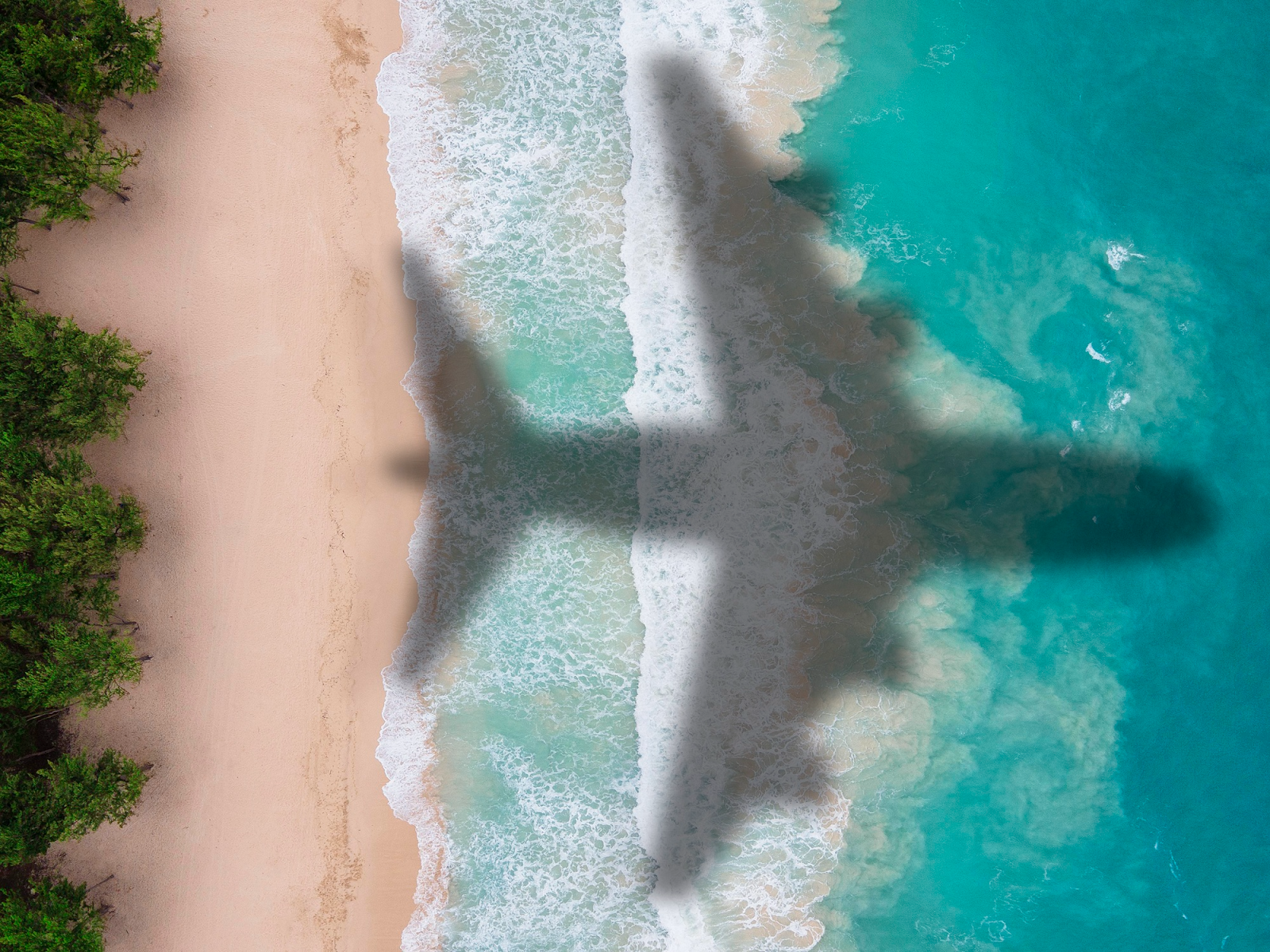
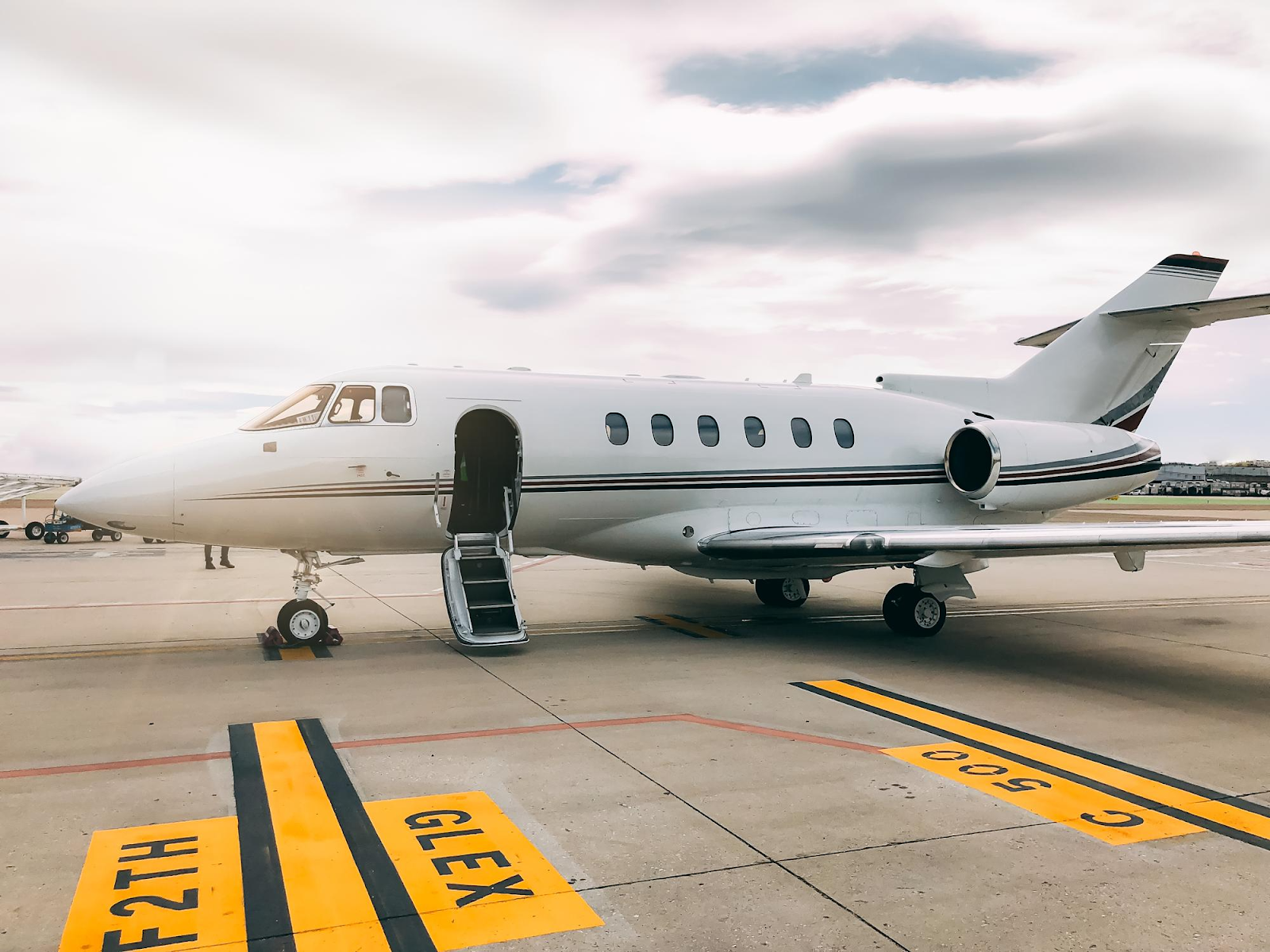
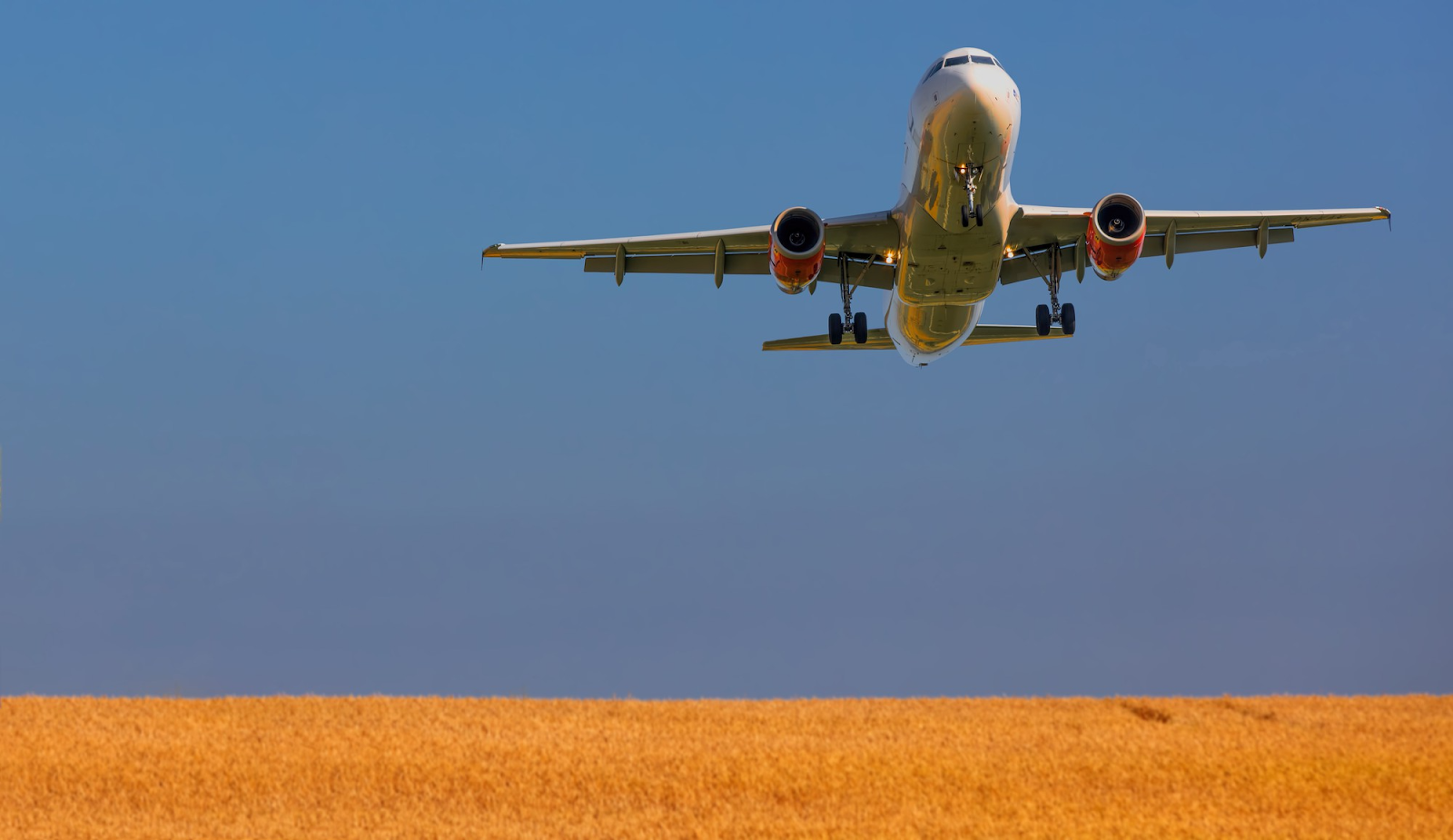
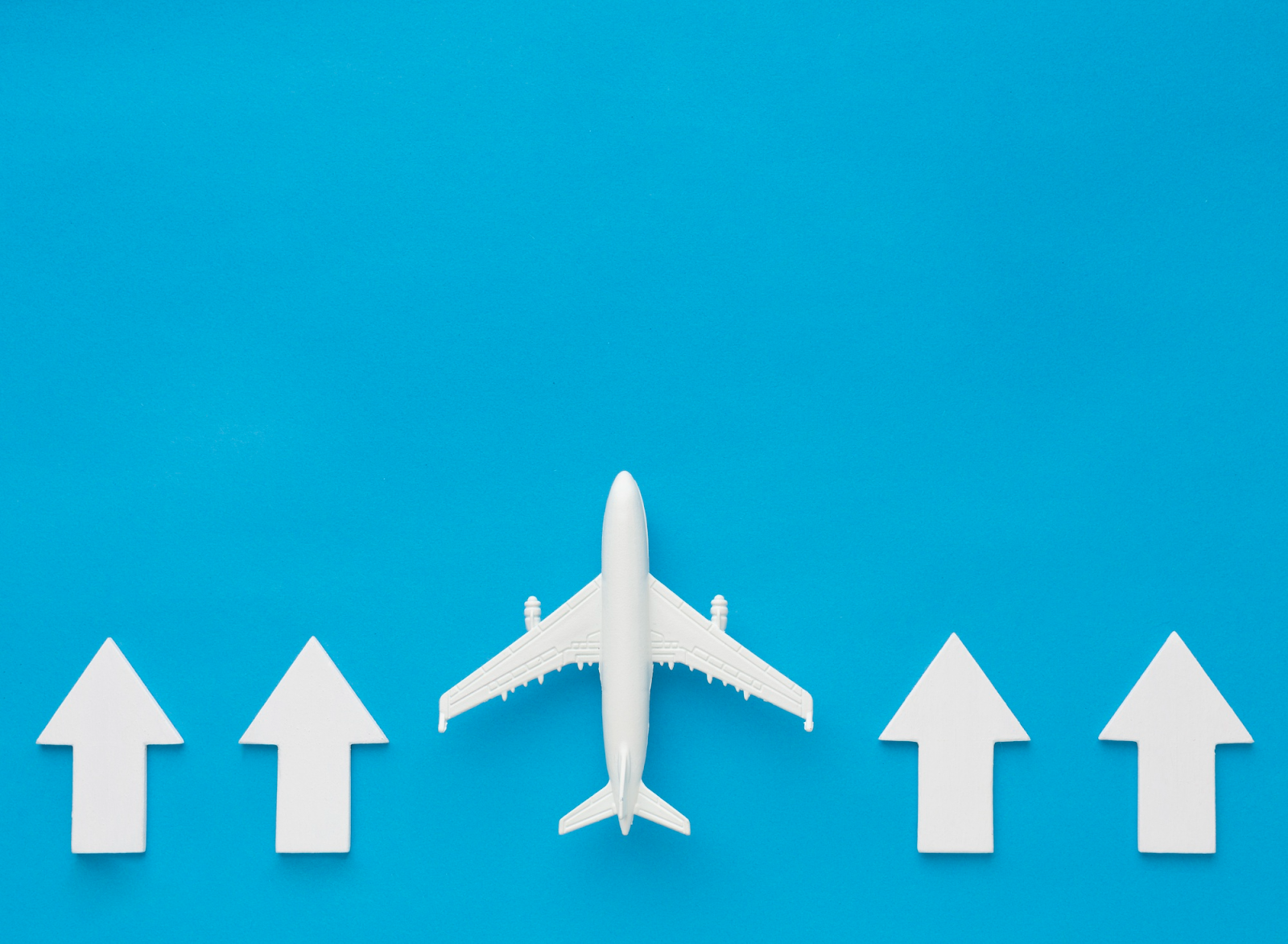
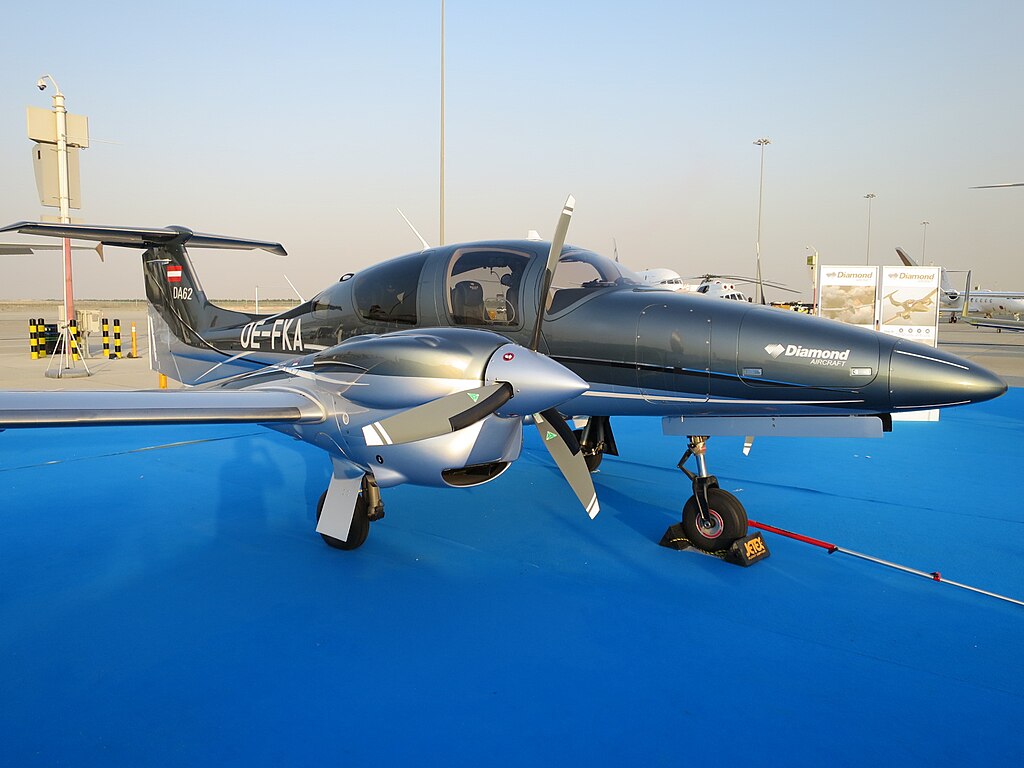
Published: August 7, 2025
Light twin aircraft have earned a special place in aviation. These airplanes bring together the speed and safety of two engines in a way that appeals to both new and experienced pilots.
Many owners see them as a natural step-up from a high-performance single like the Cessna 210 or a Cherokee 180. Others like them for business travel, family trips, or for building hours toward professional flying.
The Beechcraft “Twin Beech” Model 18 is a great reminder of their impact—over 9,000 were built during its 32 years of production, and about 240 are still flying in the U.S. today. That kind of history shows how deeply light twins have shaped general aviation.
But before looking at the list of the 9 best light twin aircraft, it helps to understand what these airplanes are, why they are popular, and what makes one stand out from the rest.
A light twin is a small airplane with two engines. Most fall into the class piston twins, though a few are turbocharged airplanes with stronger performance at high altitude. The main idea is simple: one engine on each wing, giving the pilot extra security if an engine fails.
These airplanes often serve as personal transport, flight school trainers, or small business haulers. In general aviation, models like the Cessna 310, Piper Aztec, and Twin Comanche are well known. Some have pressurization, like the Cessna 340, which helps when flying higher. Others are simple and easy to fly, like the Tecnam P2006T.
Light twins are popular with pilots who want a step-up from singles like the Bonanza or Cherokee, or those who want to buy a twin for the extra safety, range, and payload. Many owners also like the useful load advantage, which helps with baggage and long trips.
Many pilots look at a twin after flying a single for years. A single-engine airplane can only go as far and as fast as its design allows. A twin-engine aircraft brings higher performance, more payload, and extra safety when used correctly.
Twins also demand respect. The Vmc speed matters: below it, a pilot cannot control the airplane if one engine quits. That’s why recurrent training is important. Knowing how to handle engine failure, gear and flap settings, and power during emergencies makes flying a twin safe and effective.
Not all twins are equal. Some shine for speed, others for space, and others for fuel economy. A “best” twin depends on what a pilot values most.
Pilots often say a plane is best when it fits the mission. For long trips, pressurized cabin-class Cessna twins like the 340 shine. For personal transport, lighter twins like the Piper or Twin Comanche do well. And for those building hours, a light-light twin trainer is often the perfect fit.
So, the “best” is not only about numbers. It’s about finding the right balance between engine power, fuel selector management, and comfort for the mission you want to fly.
Light twin airplanes have been part of general aviation for decades. They appeal to families, business owners, and training schools. Each model has its own strengths.
Some are fast and sleek, while others are roomy and strong. A few are still in production today, while others live on through loyal owners and strong support groups.
Comparison Table: 9 Best Light Twin Aircraft
| Aircraft | Seats | Engines (hp) | Cruise Speed (ktas) | Range (nm) | Service Ceiling | Highlights |
| Diamond DA62 | 5–7 | 2 × Austro AE330 (180 hp per engine) | ~192 | ~1,280 (aux tanks) | 20,000 ft | Modern composite design, Jet-A fuel, FADEC single-lever power, low fuel burn |
| Diamond DA42-VI | 4 | 2 × Austro AE300 (168 hp per engine) | ~197 | ~1,215 (aux tank) | 18,000 ft | Widely used in training, efficient Jet-A, easy handling |
| Tecnam P2006T | 4 | 2 × Rotax 912S3 (100 hp per engine) | ~145 | ~1,100 | 14,000 ft | Light, low-cost to operate, can run on auto fuel, great for training/survey |
| Beechcraft Baron G58 | 6 | 2 × Continental IO-550-C (300 hp per engine) | ~202 | ~1,480 | 20,688 ft | Premium finish, smooth handling, still in production, respected Beech quality |
| Piper Seneca V | 6 | 2 × Lycoming TSIO-360-RB (220 hp per engine, turbocharged) | ~197 | ~1,000 | 25,000 ft | Reliable hauler, turbocharged engines, strong cabin comfort |
| Piper Seminole | 4 | 2 × Lycoming O-360-A1H6 (180 hp per engine) | ~162 | ~700 | 15,000 ft | Most common multi-engine trainer, stable and forgiving, cost-effective |
| Cessna 310R | 6 | 2 × Continental IO-520-M (285 hp per engine) | ~190 | ~1,000–1,200 | 19,900 ft | Iconic design with tip tanks, strong community, classic business twin |
| Cessna 340A | 6 | 2 × Continental TSIO-520-NB (310 hp per engine, turbocharged) | ~220 | ~1,200–1,400 | 29,800 ft | Pressurized cabin-class Cessna, club seating, strong alternative to small jets |
| Piper Twin Comanche | 4–6 | 2 × Lycoming IO-320-B (160 hp per engine) | ~160–170 | ~1,000 | 18,000 ft | Compact and efficient, affordable operating costs, popular among private owners |
The following are nine of the most respected light twins you can find.
The DA62 is one of the newest twins on the market. It uses two Austro diesel engines that burn Jet-A fuel, which is available worldwide. Each engine makes 180 horsepower, giving the airplane smooth and steady performance. Pilots like the easy single-lever power controls and the glass cockpit with modern avionics.
The DA62 is popular with families who want comfort, space, and low fuel burn. It also has a sleek composite airframe and excellent safety design.
The DA42 came before the DA62 but still offers impressive features. It also uses diesel engines, which are efficient and reliable. Many flight schools use the DA42 for multi-engine training because it is easy to fly and forgiving during maneuvers.
Pilots moving up from a single engine model often find the DA42 a smart stepping stone. It shows what it feels like to manage two powerplants, while still keeping systems simple.
The Tecnam P2006T is small, light, and very affordable to operate. It uses two Rotax engines that can even run on auto fuel in some cases. That makes it one of the lowest-cost piston twins available today. It is widely used in Europe for training, aerial survey, and patrol missions.
The airplane’s strength is efficiency. It may not be the fastest, but it keeps fuel costs and maintenance costs low.
The Baron is a classic. Beechcraft has been building twins for decades, and the Baron name carries weight. The G58 version is still in production today, with modern Garmin avionics and strong support.
Owners love the Baron for its smooth handling and excellent fit and finish. With powerful Continental engines producing around 310 hp per engine, it has plenty of climb and speed.
The Piper Seneca is a reliable workhorse. It is used for family travel, charter, and even cargo operations. The latest Seneca V has turbocharged Lycoming engines and a modern panel.
The Seneca is known for its stability and good cabin comfort. Piper still supports it, which helps with parts and service worldwide.
The Seminole is the most common trainer in the multi-engine market. Flight schools all over the world use it to teach students about handling two powerplants. It is durable, forgiving, and keeps insurance costs reasonable.
For a student pilot, the Seminole is often the first introduction to handling two throttles, engine nacelles, and the complexity of a twin.
The Cessna 310 is one of the most famous piston twins ever built. First produced in the 1950s, it became a favorite of business owners and private flyers alike. With its sleek lines and fuel carried in distinctive tip tanks, the 310 still looks fast on the ramp.
The 310 used powerful Continental engines producing nearly horsepower per side of 285. Later models, like the 310R, improved payload and comfort. Today, support is strong through groups like the Cessna Pilots Association, which help owners keep these classics flying.
The 340 is a pressurized twin that gives owners a taste of turbine-class comfort at piston prices. It has a roomy cabin with club seating and a true “mini-airliner” feel. With its turbocharged Continental engines making 310 hp, the 340 can climb above weather and cruise in the mid-20,000-foot range.
The cabin-class Cessna design adds large baggage space and strong systems. Many buyers look at the 340 as a practical choice compared to the much higher Cessna Citation II cost.
The Twin Comanche is compact, efficient, and affordable. It was Piper’s answer for pilots who wanted a twin with low fuel burn. It carries four people comfortably and cruises at good speeds for its size.
Many owners praise it for low operating costs and solid reliability. In fact, loyal groups of owners even celebrate “twin Comanches” at fly-ins. While it is smaller than heavy haulers like the Aztec or 340, it does a great job for private owners who want capability without huge bills.
These nine twins represent a wide range of missions. Some are great for training, some for family travel, and some for serious cross-country flying. Each has unique strengths:
Pilots often debate the accident rate of light twins compared to singles. The truth is that twin safety depends on training. A twin can keep flying after an engine quits, but handling becomes more demanding. Regular recurrent training is key to staying sharp.
Owners also consider cost. A twin usually has higher fuel burn and more complex systems. But with careful flying and smart maintenance, they deliver outstanding value. Some even come through special deals, such as a sweepstakes aircraft purchase, which occasionally puts a refurbished twin into the hands of a lucky new owner.
Light twins remain a proud part of aviation history and the modern market. From the early days of the Travel Air and Twin Bonanza to the sleek composite designs of Diamond, these airplanes show how two engines can add both safety and performance.
If you dream of flying farther, carrying more, and exploring the world of multi-engine operations, one of these nine airplanes may be the right choice for you.
Light twin aircraft offer pilots speed, safety, and the freedom to carry family, friends, or business partners across long distances. They combine the feel of general aviation with the performance needed for serious flying. From a simple piston twin trainer to a pressurized cabin-class Cessna, there’s a model for nearly every mission.
If you want to learn even more about these airplanes, explore more guides and tips at Flying411.
Most light twins burn between 18–28 gallons per hour, depending on size, weight, and whether the engines are turbocharged.
Many models cruise between 160 and 200 knots, though some like the DA62 can reach close to 190 knots with lower fuel burn.
Yes, because they have two engines, more systems, and higher inspection needs. Maintenance costs can be double or more than a single.
Yes, but climb rate is reduced. Handling changes a lot, and the pilot must keep the airplane above Vmc and control yaw carefully.
Yes, but they need careful inspection. Airframe corrosion, worn landing gear, and fuel system leaks are common issues on older models.